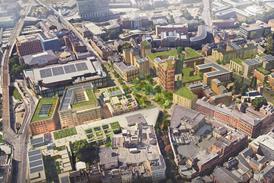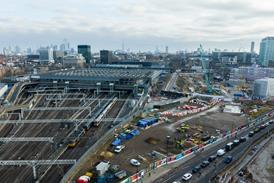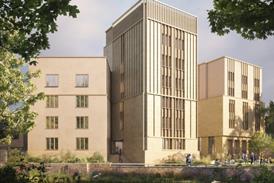- Home
- Intelligence for Architects
- Subscribe
- Jobs
- Events

2025 events calendar Explore now 
Keep up to date
Find out more
- Programmes
- CPD
- More from navigation items
Caruso St John's British Pavilion opens at Venice

Curators explain ideas framed by new public space on roof
Caruso St John’s installation at the British Pavilion opens at the Venice Biennale today.
Called Island, it is a publicly accessible platform built on the roof, pierced by the very top of the pavilion.
The architects, working with artist Marcus Taylor, have rejected the traditional format of an exhibition and left the interior of the pavilion empty.
This content is available to registered users | Already registered?Login here
You are not currently logged in.
To continue reading this story, sign up for free guest access
Existing Subscriber? LOGIN
REGISTER for free access on selected stories and sign up for email alerts. You get:
- Up to the minute architecture news from around the UK
- Breaking, daily and weekly e-newsletters
Subscribe to Building Design and you will benefit from:

- Unlimited news
- Reviews of the latest buildings from all corners of the world
- Technical studies
- Full access to all our online archives
- PLUS you will receive a digital copy of WA100 worth over £45
Subscribe now for unlimited access.






